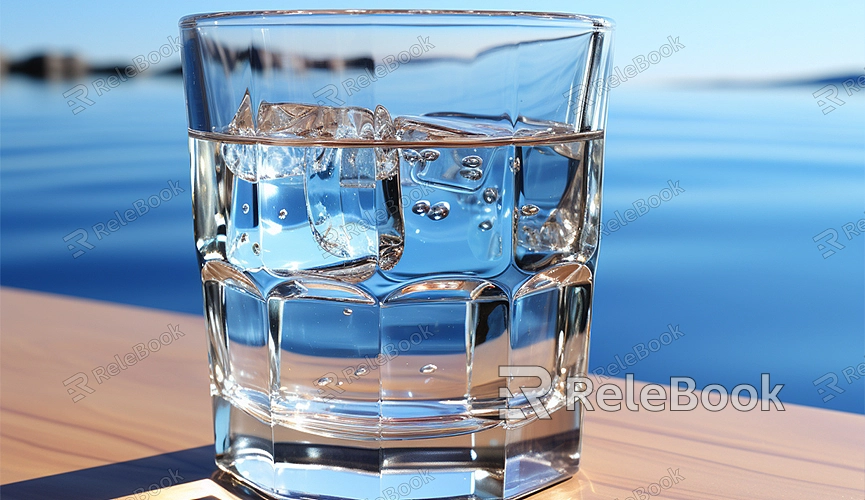How to rendeer batch pngs in blender of an animation
When creating animations in Blender, it’s often necessary to render each frame as a separate PNG image for later compositing and editing. Batch rendering PNG images is a crucial step in the animation process, as it helps you obtain high-quality images for each frame, which can then be compiled into a complete animation using compositing software. This guide will walk you through how to batch render PNG images in Blender to efficiently complete your animation project.
Setting Up Render Output Format

First, you need to configure Blender’s render output format. Here’s how:
1. Open Your Blender Project: Launch Blender and open your project file.
2. Access Render Settings: In the top menu of the Blender interface, select the “Render” tab to access render settings.
3. Choose Output Format: In the “Output Properties” panel, find the “File Format” option and set it to “PNG.” The PNG format preserves high-quality images and supports transparent backgrounds, which is crucial for later compositing and editing.
4. Set Output Path: In the “Output Properties” panel, choose the folder path where you want to save the rendered images. Click the “File Path” field, browse, and select a suitable folder, ensuring it has enough storage space.
Configuring Render Resolution and Frame Range
In the render settings, you also need to configure the resolution and frame range:
1. Set Resolution: In the “Output Properties” panel, set the resolution for your images. Typically, 1920x1080 is used for HD format. Adjust as needed for higher resolutions if your project requires it.
2. Specify Frame Range: In the “Output Properties” panel, set the “Start Frame” and “End Frame.” This will define the range of frames you want to render. For example, if your animation has a total of 250 frames, set the “Start Frame” to 1 and the “End Frame” to 250.
Rendering the Animation
Once all settings are configured, you can start rendering the animation:
1. Preview the Animation: Before starting the final render, it’s advisable to use Blender’s animation preview feature to check the animation’s effect and ensure everything is correct.
2. Start Rendering: In the top menu of Blender, select “Render” and then “Render Animation.” Blender will begin batch rendering each frame and save them as PNG images. The rendering process may take some time depending on the complexity of your animation and the performance of your computer.
Post-Render Processing
After rendering is complete, you’ll find all the PNG images in the specified folder. These images can be used for further compositing and editing. Here are some follow-up steps:

1. Check Render Results: Review each frame’s image to ensure the rendering results meet your expectations. If issues are found, make adjustments in Blender and re-render if necessary.
2. Composite the Animation: Use video editing or compositing software (such as Adobe After Effects, DaVinci Resolve, etc.) to compile all PNG images into a complete animation. Adjust frame rate, add effects, and include audio as needed.
Tips for Improving Render Efficiency
To enhance rendering efficiency and save time, consider the following tips:
1. Use the Right Render Engine: Blender offers several rendering engines, such as Cycles and Eevee. Cycles is excellent for high-quality rendering, while Eevee may be better for real-time preview and faster rendering.
2. Optimize Scene Settings: Reducing unnecessary details and optimizing material settings can significantly improve render speed.
3. Render in Stages: If your animation is very complex, consider rendering in stages to reduce the load on your computer.
Batch rendering PNG images is an essential step in Blender animation, allowing you to efficiently generate each frame’s image and prepare it for subsequent processing. If you need high-quality 3D textures, HDRIs, or 3D model downloads for creating models and virtual scenes, you can download them from Relebook and import the textures and models directly into your projects. These tips will help you improve the quality of your Blender renders and create outstanding 3D animations!

